9
VIRAL, NAUGHTY, AND RONG®: GETTING NOTICED, GETTING TALKED ABOUT.
“IN THE FUTURE, ADVERTISING WILL be like sex. Only losers will pay for it.”
Jon Bond, the founder of Kirshenbaum Bond Senecal + Partners, made this prediction way back in 2010 and he was right. Today, thanks to the internet, social media, and all the easy-to-use content creation tools found on every device, brands have returned to the oldest form of advertising of all: word-of-mouth (or, to reflect our digital era, “word-of-mouse”). The holy grail of word-of-mouse is having a brand idea “go viral.” Clients dream of having a viral hit because their message can be seen by millions of people and they don't have to spend a dime on paid media.
Paid media is just one of three terms you may hear when industry people discuss how ideas reach customers: paid media, owned media, and—every client's favorite—earned media.
Paid: This is the kind of media Jon Bond predicted that, like sex, “only losers pay for.” It includes buying everything from TV commercials to online display ads. Paid media still plays a role when we want to reach new customers or ensure immediacy and scale. Obviously, it won't go away entirely, but brands are becoming less dependent on it.
Owned: Owned media are channels that belong to the brand: websites, blogs, the company Twitter feed, Instagram, and the so on. Owned media primarily serves existing customers or people who have sought it out. The good things are it's cost-efficient, flexible, and enduring.
Earned: This is the good stuff. Earned refers to ideas that are so interesting they get a free ride in all kinds of media. People start talking about the idea in news coverage, online buzz, or sharing it on social platforms.
Keep in mind that paid, earned, and owned are all connected. Paid media can drive traffic to your owned content. And if your paid and owned content is interesting enough and relevant to what people are talking about, it's more likely to earn attention, get shared on social channels, and end up attracting the coverage of press and blogs. Ideally, you want to get good at creating all three forms of content.
Making ideas that blow up. Or, advertising as vandalism.
In an interview, industry superstar Jeff Goodby said ideas that blow up into viral hits remind him of vandalism.
I thought, that's kind of what advertising is, you know? It should feel kind of naughty and, like, it's the middle of the night, and you're doing this thing, and it's going to be unleashed on the world tomorrow. And you should look forward to that moment when it's unleashed. So, in that sense, advertising is like vandalism. It's loud, in your face, and it's still there the next day.1
As a creative director and then as an advertising professor, I see many ideas that are what I'll politely describe as “obedient.” Obedient ideas dutifully check all the boxes about what an ad should be. On strategy? Check. Targeted? Check. But in the end, obedient ideas just sorta lie there, goin', “Ahem. ’Scuse me? I'm an ad. Could you please, uh, … look at me?”
“Great advertising should be like outlaws who gallop into town and splash mud all over decent tax-paying citizens.” That's the lesson I got from my first creative director, Tom McElligott, and I pass it along here.
“If you can’t write something startling, don’t write anything at all.”
—Dan Wieden
Being an outlaw means going into places most creatives (and almost all clients) are too usually timid to explore. Jeff Goodby went on to suggest you develop “a constant state of readiness to do something provocative or kind of naughty. If you explore the things most people are too afraid to explore, you're going to find insights and ideas that could be both novel and transformative. Don't be boring. Be dangerous. Run toward the fire.”2
Be dangerous. Be provocative, naughty, or controversial. Make mischief.
It's worth pointing out these qualities are admirable whether you're shooting for viral or not. Creatives at Ikea's Swedish agency Åkestam Holst created the “pee” ad for Ikea you see in Figure 9.1 and there was no request on the brief to “go viral.” They simply pushed their thinking to the edge.
The lesson here is, anything can blow up and become viral, including a print ad.
One last thing. When someone asks you to come up with a viral video, politely point out, “Nobody makes viral videos.” It is customers who make things viral, not us. Viral is not a strategy. It is a result of you first coming up with a mind-roastingly great idea.

THE ART OF BEING RONG.
Start by questioning everything.
In Chapter 8, we suggested breakthrough ideas can come from questioning the brief, questioning the strategy. But we can also question our creative and our choices of media.
Do you really need to stick a logo in the lower right-hand corner? Does it really need to be an ad? Can it be a five-second TV spot? Can it be an interactive display in Times Square? In Red Square? Can you turn a building into a QR code? Can your TV campaign be a soap opera? Or an opera opera? Can you make it a video game? An alternate reality game?
And finally, question the accepted executional norms of your product category. If your product is wedding dresses, who's to say you can't write the headline in Scrabble® tiles? If your product is insurance, try designing it like a poster for a rock concert. Encircle the logo for your bank client with hot dogs. I'm not saying doing this stuff will make your idea great. But you ought to at least search as far outside the boundaries of common sense as possible.
The client doesn't necessarily want you to make an ad. What they want is for you to make something so interesting people lean in to see what it is and then start talking about it and sharing it.
But, before we go down the rabbit hole of Rong, let's agree we're not being different just for the sake of being different. Yes, we should zig when everyone is zagging, but we must have a reason to zig, one beyond just the desire to be different. Bill Bernbach said it best:
Be provocative. But be sure your provocativeness stems from your product. You are not right if in your ad you stand a man on his head just to get attention. You are right if [it's done to] show how your product keeps things from falling out of his pockets. Merely to let your imagination run riot, to dream unrelated dreams, to indulge in graphic acrobatics is not being creative. The creative person has harnessed his imagination. He has disciplined it so that every thought, every idea, every word he puts down, every line he draws … makes more vivid, more believable, more persuasive the … product advantage.3
Rong means going 180˚ against common sense.
“The reverse side also has a reverse side.”
I like this old Japanese proverb. I like the feeling it suggests of tumbling down the rabbit hole into a Wonderland where all things—and their opposites—are equally valid.
Steve Dunn, a fabulous art director from London, put it this way: “One thing I recommend is at some point you should turn everything on its head. Logos usually go lower right, so put them top left. Product shots are usually small, make them big. Instead of headlines being more prominent than the body copy, do the opposite. It's perverse, but I'm constantly surprised how many times it works.”4
Winsor and Bogusky hit on the same thing in Baked In. They encourage people to figure out how to do something “perfectly wrong.” I, too, recommend it highly. In fact, I like calling this kind of idea Rong. When something is perfectly wrong, dude, it's Rong.
The key here is the word perfectly. To design something wrong is easy. A little wrong is no good, and a lot wrong is even worse—whereas Rong? Rong can be right. As Windsor and Bogusky noted, the key is that the idea must be in direct opposition to all prevailing wisdom. Kind of like what Orson Welles said when he was planning production of Citizen Kane: “Let's do everything they told us never to do.”
One of the latest greatest examples of Rong I can think of is “The Moldy Whopper”—the Cannes Lion–winning Burger King campaign from Anselmo Ramos's agency, David (Figure 9.2). The creatives went 180˚ against the accepted practices of food advertising by filming the rot that sets into a Whopper over 35 days and signing off with the line “The beauty of no artificial preservatives.”
It's likely the authors had seen some of the many YouTube clips featuring McDonald's aging Big Macs. One, from KUTV in Utah was headlined, “Utah man unveils 20-year-old McDonald's hamburger.” (The damn thing looked the same as it did in 2001.)

Figure 9.2 The right way to sell hamburgers versus the Rong way. Under the rotting Whopper, the copy reads “The beauty of no artificial preservatives.”
You don't have to like this idea as much as I do. Extraordinary advertising is often polarizing. But BK's message of no artificial preservatives was talked about worldwide while McDonald's clown, well, Ronald rarely came up. Bottom line: answer the brief, but not in a way you're supposed to.
“Nothing worked. So, then I thought I’d try the wrong shape. And it worked.”
—James Dyson, billionaire
“Will people talk about this idea?”
“If you're about to spend advertising dollars on a campaign and you can't imagine anybody's going to write about it or talk about it,” said Crispin's Alex Bogusky, “you might want to rethink it.” So, right before you sign off on an idea, ask yourself, “Will people talk about this idea?”
Asking such a question raises the bar by forcing you to think bigger than just “doing an ad.” Anyone can do an ad, but to do something so cool it quickly spreads around the world? That is remarkable. Interestingly, something is “remarkable,” says Seth Godin, when people make remarks about it. Which means if you want people to make a remark such as “Wow, they really did this??” you have to really do it. Which often means disobeying common sense.
Okay, here's another example, from IKEA.
IKEA asked their agency BBH to come up with an interesting way to tell the world they were about to release their latest catalog. The creative team could have just done an ad that read, “Look for redecorating ideas in our new catalog.” Instead, they roasted everybody's mind by finding and hiring two-time world memory champion Yanjaa Wintersoul to memorize the entire 328-page catalog (Figure 9.3).
They filmed the entire process of testing Yanjaa to see if she'd in fact memorized the whole thing. That video alone was probably enough to make awareness of the catalog go viral. But to quell any doubters, they followed up with a Facebook Live event and invited people to come put the Human Catalog to the test. People talked about this idea so much the free media coverage went worldwide.
I encourage you to use the QR code and see this idea. As you watch this fascinating video, you may suddenly realize you're avidly watching page after page of a stinking catalog, a catalog made riveting by being at the center of a remarkable idea.
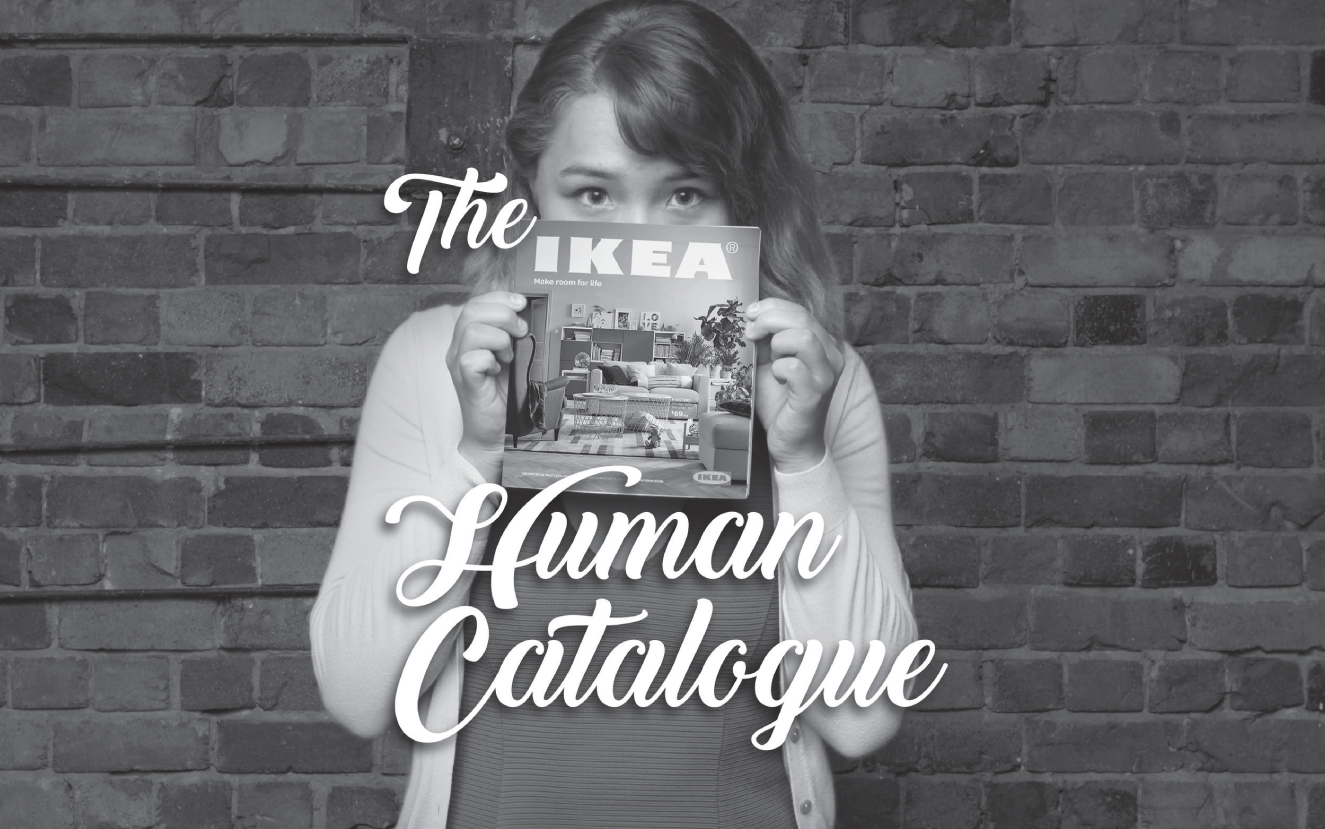
 Figure 9.3 Yanjaa Wintersoul needed just a week to completely memorize all 328 pages of the IKEA catalogue. Every single thing. Later on, she proved it on Facebook Live.
Figure 9.3 Yanjaa Wintersoul needed just a week to completely memorize all 328 pages of the IKEA catalogue. Every single thing. Later on, she proved it on Facebook Live.
Here's another example, this time from a student. The assignment was to come up with an idea for Kikkoman's Soy Sauce cool enough to be shared. The stated goal of their creative brief was “Kikkoman's can make any dish taste better.”
Okay, so any dish? Makes anything taste better? While they worked, they discovered a news clip on YouTube about an Atlanta man who was eating a car. They put two and two together and came up with a video idea titled, “Area Man Eats Car, Improves Flavor With Kikkoman's Soy Sauce.” Would this go viral? It might. It might not. But it has a better chance of getting talked about than an ad with “exciting new recipes for vegetarian rice noodle casserole.”
Will people talk about your idea?
That's the first question to ask. But there's another way to tell if an idea has breakthrough potential.
“Are you sure they'll even let us do this idea?”
Clients aren't the only ones who kill great ideas. We creatives do it all the time. How many times have you had an idea you thought was really cool and then said to yourself, “There's no way the client is going to buy this.” And then you killed it yourself, even before your partner saw it, let alone the creative director, much less your client.
So, here's the advice. If you ever find yourself wondering, “Will they even let me do this?” … you should definitely do it. Sit down and figure out how to execute the idea and how you'll sell it up the line.
We ask this will-they-even-let-us question because we sense the idea could get a huge reaction. But then, just thinking about the idea evokes the voices of all its enemies which then swarm around it like antiviruses. Famed immunologist Sir Peter Medawar said, “The human mind treats a new idea the same way the body treats a strange protein; it rejects it.” But rejecting ideas is the client's job, not yours.
The fact you even thought to ask such a question means your idea is outrageous, or oversized, or too much, or will upset or offend the status quo somewhere. The forces you sense aligning against an idea may well be a measure of how much commotion and talk will happen if you pull it off.
So, be dangerous. Be provocative, naughty, or controversial. If the idea requires it, practice questionable taste. Break a rule. Do something you're not supposed to do.
The indomitable Mark Fenske seems to agree and suggests great work and great creative people share those descriptors. “The words used to describe great work—disruptive, unexpected, eccentric, subversive, bold, funny, emotional, frank, unusual—these are the same words folks use to describe people they want to fire, or who get kicked off teams, or detained at airports.”5 Which sounds a lot like vandals and outlaws.
Bottom line: sneak up on sacred cows and tip them over.
What is the “press release” of your idea?
Around the turn of the century, Crispin Porter + Bogusky is credited for creating a brilliant creative process they called “Idea-as-press-release.”
The story has it that Bogusky was growing tired hearing so many creative teams pitch their ideas with, “Okay, so in our opening commercial, we see …” Alex realized the press is never going to send out the news trucks to “get the scoop” on some TV commercial. “The press covers news. And that's exactly what we're trying to make for our clients.”
From a CP+B memo, I quote, “We ask what idea will make the client famous? It's a great way to think bigger than just a TV spot or a website because it will force the idea to be about something bigger than 30 seconds of random theater.”6 After the memo went out, creatives knew they had to boil down campaign ideas into a short press release. To write such a release, you must picture what the story in the newspaper will be after you implement your idea.
Here's an example, again from the Crispin memo: the headline on the press release was, “To prove The Whopper is America's favorite burger, Burger King removes it from the menu.” And the supporting copy added: “Hidden cameras capture the results as shocked and enraged patrons demand their favorite burger.” Look for the case study of “Whopper Freakout” on YouTube.
The subsequent commercials aired for a short time, sales went through the roof, and #WhopperFreakout went on to have a long life online, viewed by millions. As you study other award-winning case histories online, take a note of how many of the videos begin with clips of the resulting television news coverage.
So, ask yourself, “Is my idea cool enough that the press would write a story about it?” And I don't mean a story in ADWEEK. I'm talkin' about the News at 6. If your idea has heft, if it's truly amazing, you should be able to describe it as news and in the form of a press release.
A tall order, I know, but it gets easier when you quit trying to come up with “advertising ideas” and work instead on coming up with ideas worth advertising.*
(Highlight that last one. It's a biggie.)
What makes an idea contagious?
We share an idea for two reasons: because we think it makes us look good to share cool stuff or because we think the person we're sharing it with might find it interesting or useful. Strategist Mike Arauz observed: “We tell our friends about your brand not because we like your brand, but because we like our friends.”
In his popular book, Contagious, Jonah Berger studied why things go viral, and he reduced his findings to six ingredients. Three are summarized here with examples.
Provide social currency. When you give people something that can make them feel kinda smart or in the know by sharing it, they're more likely to pass it on. So be novel, interesting, or offbeat. Like the odd, but true, story of asteroid 2018VP1 and the construction of the Global Oreo Vault in the permafrost of Svalbard, Norway (Figure 9.4). Just down the way from the Global Seed Vault, this fortress assured the world that Oreo cookies were safe from the apocalypse. It made the news all around the world.
Practical value. People want to be helpful to others and they like sharing things of practical value. Parents can use help getting their newborns to sleep and many use the free ambient-noise playlists on Spotify. But unless they purchased a premium account, their infants were all likely awakened by loud commercials. Working with ReThink in Canada, IKEA bought out all of Spotify's commercial blocks at times when babies were likely to be napping, and then used the airtime to quietly talk to any nearby adults about their pillows and mattresses.

Figure 9.4 It really exists. They even give the coordinates.
Connect to a trigger. Figure out a way to make your brand relevant to some hot trending topic, something everyone's thinking and talking about—like Ogilvy did for AeroMexico (Figure 9.5). During the dark years of Trump's vilification of immigrants, foreigners, and “sh•thole countries,” AeroMexico and 23andMe launched their “DNA Discounts”—the more Mexican you were, the more of a discount you got. The story took off.
Quoted in Life After the 30-Second Spot, Chuck Porter of Crispin Porter + Bogusky stated his own opinion on viral.
[S]o far, the only two ways I can see to get people to even pay attention to you in the interactive world are to offer information or entertainment. And if you really have dreams of viral, entertainment will always win. Imagine two sites. One has really useful information on caring for delicate fabrics. The other has the funniest joke you've heard since high school. Which one are you going to send to all your friends? … People are very tuned into the fact that whatever you forward says something about you. And hardly anyone would ever send a salesman over to a friend's house.7
Try doing something Rong with the medium.
In addition to coming up with Rong ideas, you can also be Rong when you deploy your ideas—by using a medium “incorrectly.” For example, why not write a 25-word outdoor board? What if you embedded a radio spot in your transit poster? What if you used a huge outdoor board to do the work of a classified ad? What if you mailed your posters and posted your direct mail?
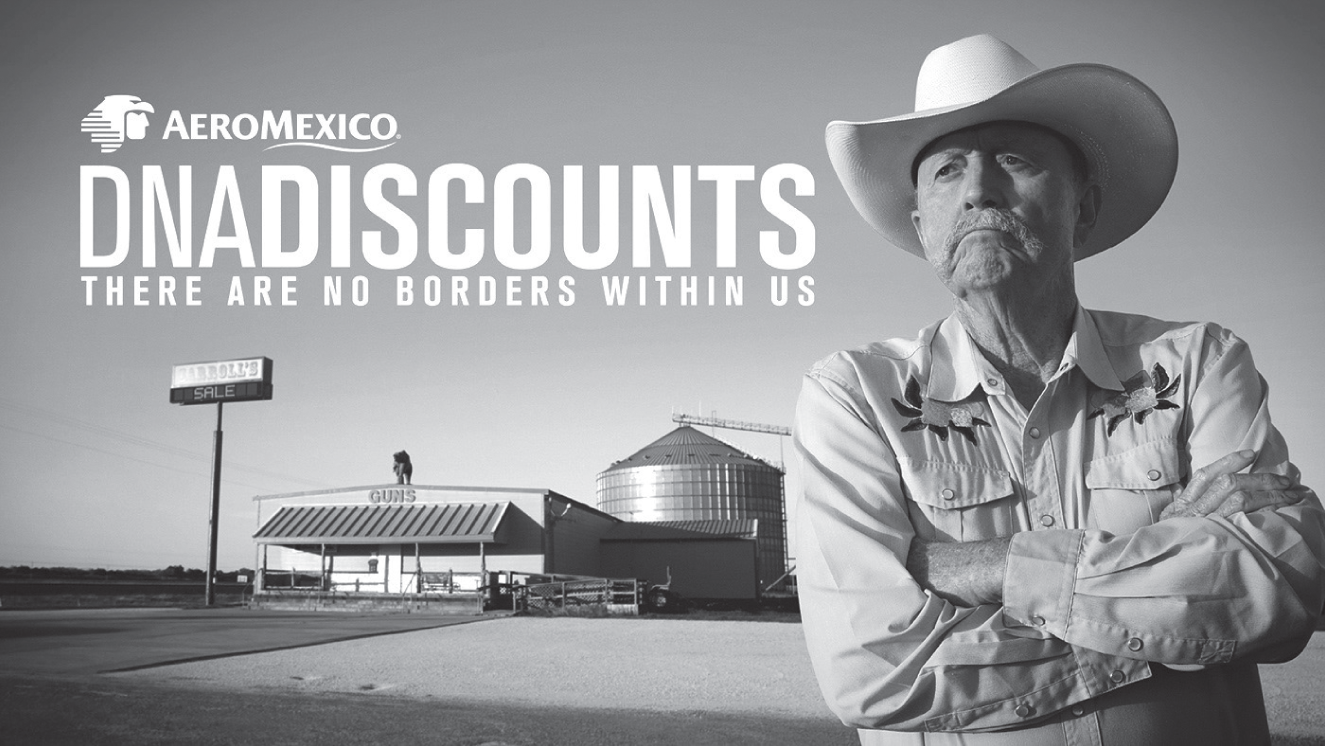
Figure 9.5 Airline discounts rarely make the news. This one did.
Rich Silverstein of GS+P said, “When Jeff [Goodby] talks about the vandalistic spirit that shapes his perspective on advertising, part of what he's saying is that disruption and chaos are exciting.”8
Rong works. It disrupts things.
Try changing the product or make a new one.
It's not likely you'll ever get a job request saying, “Change the product,” but this is what smart agencies are doing more and more. They do it either to create a product difference worth advertising or to find a new way to bring the brand promise to life, to create a “proof point” that the brand really is what it says it is.
Crispin did it for Burger King when they invented “Chicken Fries.” (Sold in a cup that fit in a car's drink holder, customers could “have it their way.”) And for their client Heinz Ketchup, ReThink came up with a packaging idea that solved once and for all the classic question, what's the best way to get Heinz Ketchup out of the bottle (Figure 9.6)? By repositioning the label on their limited-edition Perfect Pour bottle, consumers could see the ideal angle for getting the famously slow-moving condiment out of the bottle a bit faster.
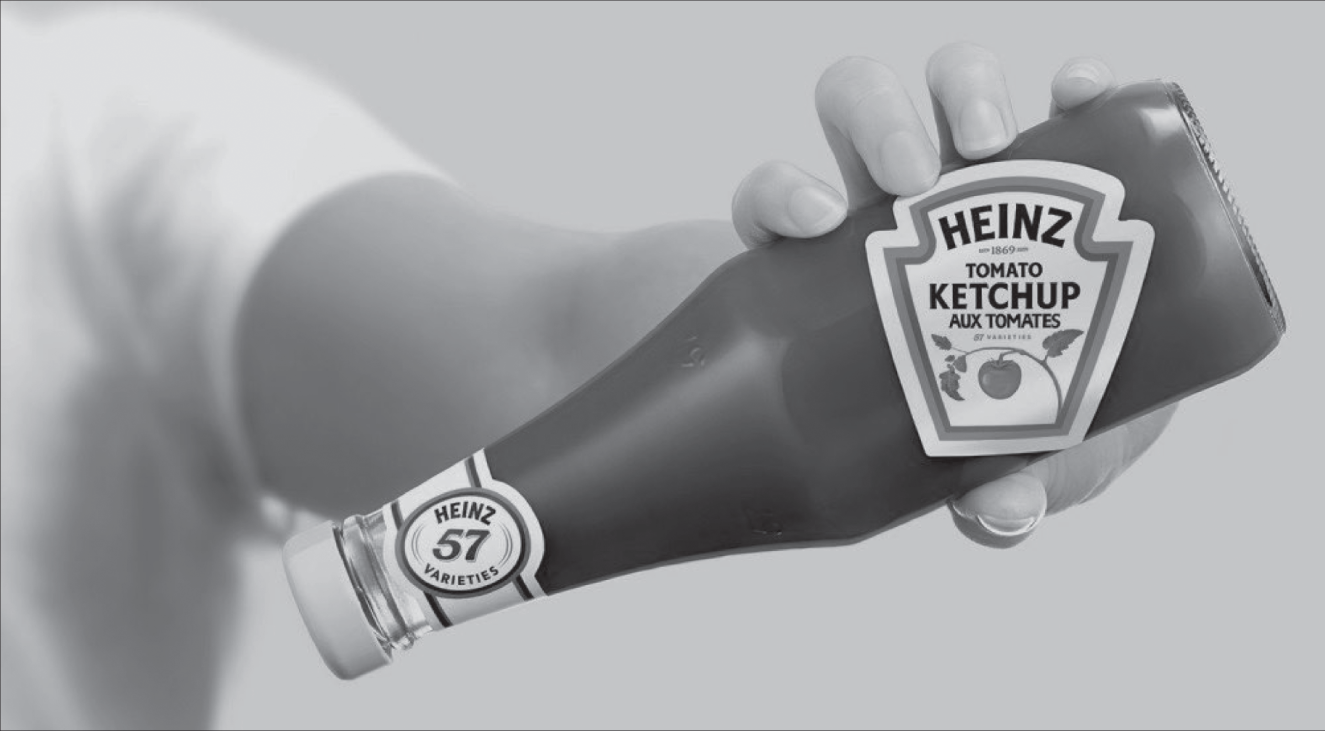
Figure 9.6 Turns out the ideal angle isn't 45˚. A Heinz spokesperson said, “It's somewhere in there between 35˚ and 45˚.”
Heinz and their agency do everything they can to spot weld the brand name to an adjective: Heinz = Slow. Consider what you can do to change a product and bring the brand promise to life.
Advice on working way out past the edge.
Picasso probably learned to draw a realistic head before he began putting both eyes on the same side of the nose.
Getting the eyes in the right place has been the subject of the first chapters of this book. Once you learn how, it's time to go further out. So, take everything I've said so far and just chuck it. Every rule, every guideline, just give ’em the old heave-ho.
As you get better and better at this stuff, there'll come a day when you start making things you're not quite sure how to evaluate. You won't really know because you'll have no frame of reference. Doyle Dane art director Helmut Krone had this to say on the subject:
If people tell you, “That's up to your usual great standard,” then you know you haven't done it. “New” is when you've never seen before what you've just put on a piece of paper. You haven't seen it before and nobody else in the world has ever seen it… . It’s not related to anything you've seen before in your life. And it's very hard to judge the value of it. You distrust it, and everybody distrusts it. And very often, it's somebody else who has to tell you the thing has merit, because you have no frame of reference.9
There's going to come a point in your job when the compasses don't work. When you're so far out there that up ceases to be up, west isn't west, and “Hey, great idea” is replaced with “What the hell is this?” Perhaps this is how the lay of the land looked when the creatives at Chiat/Day were trying to decide if they liked their ad for Skittles (Figure 9.7). Or when a team at the Martin Agency was wondering what the hell they'd just made for Mentos gum.
What rules, what advice in this book could possibly have led creative teams to come up with these? None that I can think of. There's no bridge across some chasms. Only leaps of imagination can make it across. We're not talking about small increments of experimental thinking anymore, or reformulations or permutations, but entire new languages. New ways of looking at things.
Once you've learned to draw a realistic head, this creative outland is where you to need to go. So, my final “rule” is this: once you've learned the rules, throw them out.

Figure 9.7 Copy in the Mentos ad on the right reads: “MALFUNCTION JUNCTION: She took two steps into the limelight and her dress gave way. LOOK, WE HAVE GUM!”
But remember, even out in deep space, there's one rule you're obliged to obey. You must be relevant. You're never going to get so far out there that you can dare not to be relevant to your audience. No matter how creative you think an idea is, if it has no meaning to your audience, you don't have an ad. You may have art, but you don't have an idea.

“LOVE, HONOR, AND OBEY YOUR HUNCHES.”
–Leo Burnett
Bill Bernbach said, “Execution becomes content in a work of genius.”10
It is never more true than out here, where concepts can sometimes be all execution without the traditional sales message. To have such an execution succeed, you're going to need to know your customers better than the competition. You're going to need to know what they like, how they think, and how they move through their world. If your idea reflects these inner realities, you'll succeed, because your viewer's going to get a feeling “this company knows me.”
Here's a fantastic example of how keen awareness of the customer, an intuition, and incredible execution came together to make a commercial that is riveting, memorable, and unlike anything I've ever seen before.
I won't say yet who it's for. I will say it's in black and white and follows a beautiful woman walking through a city's streets. But shots of her confident walk are strangely intercut with bleak images of dead roses, of a little girl and her ice cream cone plopped on the sidewalk and—most disturbingly—several cuts of a flaming piano falling from a high building. All while a grizzled male voice-over, who sounds like Brian Cranston, tells a grim tale.
They say your life is in your hands.
They lie.
Life isn't some trained pet that will jump and roll at your fancies.
Au contraire, my friend.
What it is, is a flu, on the first day of your vacation.
Nature's call, when you're getting a manicure.
Or three more red lights when you're already late.
And you?
You are but a mere puppet dancing to the tunes of life's orchestra.
But there is one thing that's going for you.
The CentrePoint Sale.
Because when life throws you a piano, well,
the only thing you can do
is look good.
At the very last moment, right when the voice-over says “is look good,” the flaming piano is coming into the frame directly over the smiling, beautifully dressed woman and … cut to black (Figure 9.8).
When you watch this commercial, created by Impact BBDO in Dubai, you'll see what Bill Bernbach meant when he said, “Execution can become content in a work of genius.” He believed how we say something can sometimes be more important than what we say.
Mark Fenske told me, “You cannot logic your way to an audience's heart.” People are not rational. We like to think we are, but we're not. If you look unflinchingly at your own behavior, you may agree few of the things you do, you do for purely rational reasons. Consumers, being people like you, are no different. Few purchases are made for purely logical reasons. Most people buy things for emotional reasons and then, after the fact, figure out a logical explanation for their purchase decision.
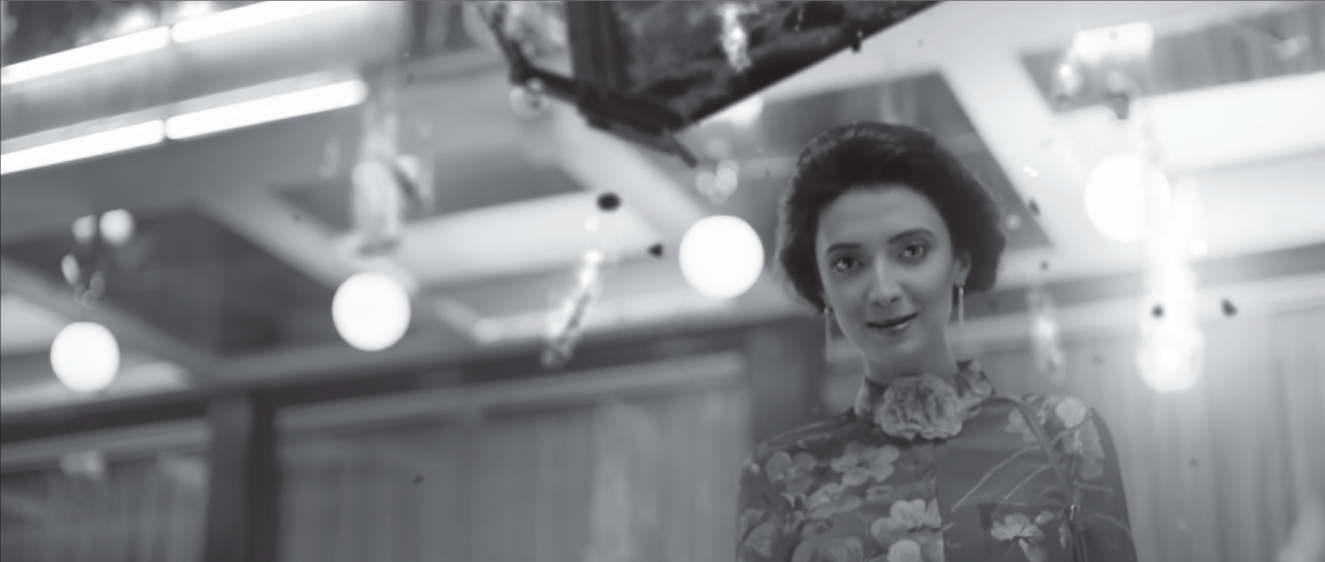
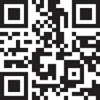 Figure 9.8 A beautifully dressed woman appears to be under a falling, flaming piano. Words don't do this spot justice. Use the QR code and watch this masterpiece. Like, right now.
Figure 9.8 A beautifully dressed woman appears to be under a falling, flaming piano. Words don't do this spot justice. Use the QR code and watch this masterpiece. Like, right now.
So, that's the other big piece of advice here: trust your intuitions; trust your feelings. As you try to figure out what would sell your product to somebody else, consider what would make you buy it. Dig inside. If you have to, write the damn key message after you come up with the idea. Forget about the stinkin' focus groups and explore the feelings you have about the brand.
If an idea based on these feelings makes sense to you, it'll probably make sense to others. So, sort out the feelings you have about the brand and then articulate them in the most memorable way you can. Someone once told me, “The things about yourself you fear are the most personal are also the most universal.”

BUILD A SMALL, COZY FIRE WITH THE RULE BOOKS. START WITH THIS ONE.
It's been said there are no new ideas, only rearrangements. Picasso himself said, “All art is theft.” Historian Will Durant wrote, “Nothing is new except arrangement.”
I've used this sentiment to defend ideas I've come up with, concepts that were good and sound, but weren't breathtakingly new ideas. Looking back, I think I was wrong. Instead, I think it's better to believe there really are whole new ways of communicating, ways nobody's discovered yet. I urge you to look for them.
In 1759, Dr. Samuel Johnson wrote, “The trade of advertising is now so near to perfection it is not easy to propose any improvement.”11 That was written in 1759, folks, probably with a quill pen. I don't want to make the same mistake with this book. So, I repeat: learn the rules in this book. Then break them. Break them all. Find something new. It's out there.
NOTES
- 1. From GS+P’s Master Class series. https://www.masterclass.com/classes/jeff-goodby-and-rich-silverstein-teach-advertising-and-creativity/chapters/goodby-s-rules-for-creative-vandalism
- 2. Ibid.
- 3. Bill Bernbach, Bill Bernbach Said … (New York: DDB Needham, 1995).
- 4. D&AD Mastercraft Series, The Art Director Book (Switzerland: Rotovision, 1997), 44.
- 5. Mark Fenske. December 5, 2014, https://markfenske.com/.
- 6. Quotation taken from Crispin memorandum titled, “Why Do We Do Press Releases?” Date unknown.
- 7. Joseph Jaffee, Life after the 30-Second Spot: Energize Your Brand with a Bold Nix of Alternatives to Traditional Advertising (Hoboken, NJ: John Wiley & Sons, 2004), 219.
- 8. Jeff Goodby and Rich Silverstein, Jeff Goodby and Rich Silverstein Teach Advertising and Creativity. Master Class, 21, https://www.masterclass.com/classes/jeff-goodby-and-rich-silverstein-teach-advertising-and-creativity/chapters/goodby-s-rules-for-creative-vandalism
- 9. Sandra Karl, “Creative Man Helmut Krone Talks About the Making of an Ad,” Advertising Age, October 14, 1968.
- 10. Bill Bernbach, Bill Bernbach Said …
- 11. Daniel Pope, The Making of Modern Advertising (New York: Basic Books, 1983), 4.
- * This brilliant observation is from strategist Gareth Kay.
